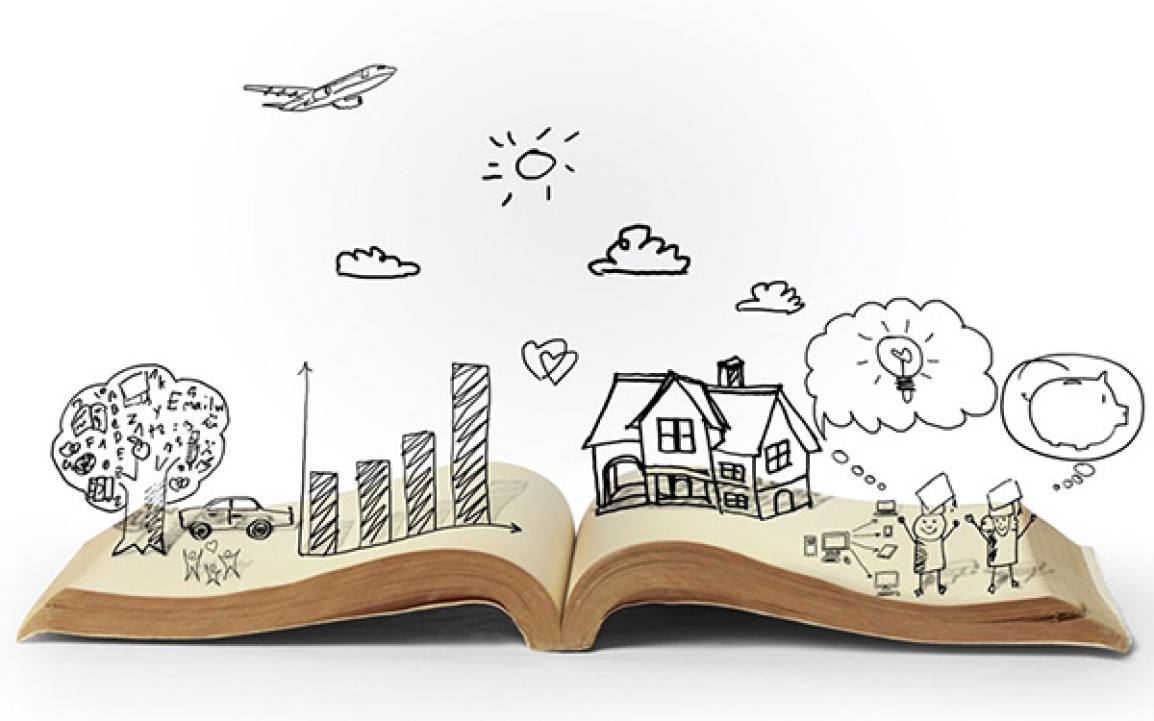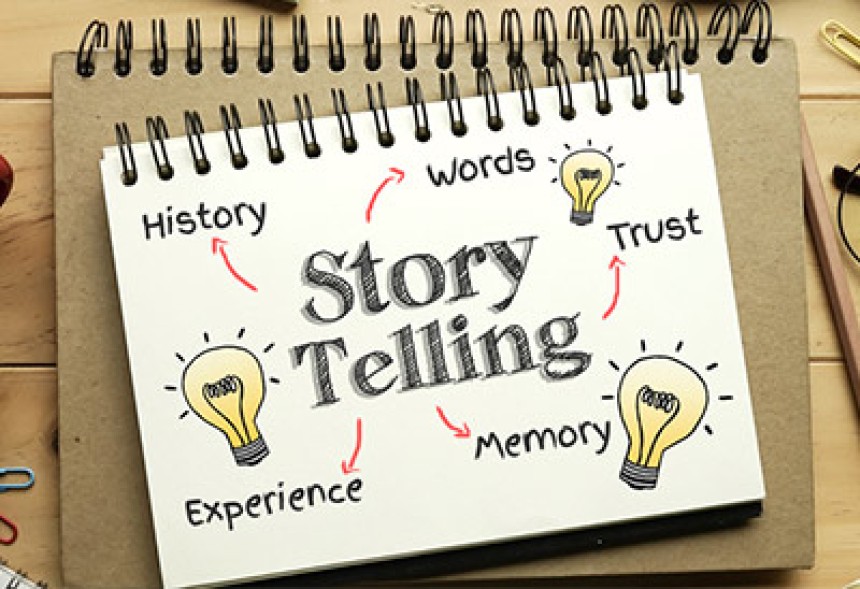Power of Story in Branding and Label Design

Craig Hill is a marketing and research expert who has worked with many family brands such as Disney and Unilever. He is frequently asked to speak about the power of story in marketing. Craig believes that when we understand and empathise with people’s emotional reasoning, everything else can begin to fall into place. We asked him about how small businesses can apply the magic of storytelling in branding and even label design.
We made sure we were sitting comfortably, and he began…

Why is storytelling so important in branding?
- The subconscious drives decisions. It’s really important to understand what drives behaviour and decision-making in clients and customers. The ultimate goal of marketing is somehow to influence behaviour, ideally in the direction that leads to a purchase. Just as the Avery ‘Power of a Label’ report confirms, there is conclusive evidence from more and more neuroscientists and behavioural scientists that behaviour is primarily influenced by the subconscious, emotional part of the brain. If you want to have successful marketing, you have to find ways of tapping into that side of the brain.
- We are storytelling animals. There is a growing school of thought that at least one of the most profound differences in humans that led to us dominating the planet and even creating the technology to fly to the moon is actually the evolutionary step of stories. Our brains work in a different way to other animals. We will find ways of understanding things and draw meaning out of things through a story. It’s almost like a language to us. Whether we’re watching a film or looking at a road sign, we are constantly interpreting things in the context of the story. 65% of our conversations are made up of stories and pretty much every word that we take on board we try and interpret as a story rather than just a simple fact. The story is how we learn things, it’s how we make sense of very complex situations and it’s also how we make decisions - all day, every day, hundreds of times a day.
- Stories resonate with us. When we hear a story rather than just facts, our brains light up like a Christmas tree. For example, if I tell you that the boiling point of water goes down the higher you go up a mountain, this is a fact that goes into one part of your brain and there it stops; nothing really happens. But then if I told you a story that the first people to climb Everest had a really big problem. These were the ones without oxygen or anything like that but the big problem they had was that they couldn’t brew a cup of tea. The further they got up the mountain the lower the boiling point of water became. And anyone who likes a good cup of tea knows that unless you can get your water to the boiling point of 92° then the tea doesn’t infuse. So, when the mountaineers were asked, “How are you getting on?” they were saying, “We can’t get a good cup of tea.” I’ve remembered that story since I was 11 years old in a physics lesson. Such a vivid story has helped me remember the scientific fact. The point is this: because we are storytelling animals, if you attach things to stories then we remember them better and they make a bigger impression.
So how can storytelling help small businesses?
If you attach your marketing activity to stories you are tapping into the decision-making part of the brain. That’s why each year when John Lewis runs its Christmas ad, it doesn’t say anything about products or the price of things in John Lewis. It just makes people feel warm and fuzzy and makes them want to do their Christmas shopping there.
Here are some helpful things to consider in your branding:
- There is great strength in the story. Small businesses, in particular, tend to have great stories to tell (often more than one) about the inspiration behind how they started, how they’re special or valued within their community. You can really play to this strength. Reflect on the more personal things about why you started your business. That’s the source of the best stories.
- Put yourself in your customer’s shoes. A good storyteller is ultimately an empathy artist. Understand the emotional benefits of your brand properly. Know what is important to your audience so you can craft your story around that. Almost take yourself through a week-in-the-life of them and your product. Try and see what’s going through their minds. Even ask them how they feel about your product. Try to understand when and how they think about your product or service.
- Don’t worry about coming up with the perfect story. Storytelling is the most natural thing in the world and people aren’t interested in high production value or beautifully scripted stories. They just want to hear authentic anecdotes and behind the scenes stuff. It’s almost better if it’s not highly polished. Social media today is a great platform for sharing off-the-cuff stories.
How can we apply storytelling wisdom to labels?
There’s no such thing as a simple label. We create stories around everything we see, and this includes labels. Each personalised label offers the means to convey a little story. Every label can be a story in itself. The better that you can bring that story or message to life using different types of labels, using colours, using good copy the better you are going to be able to influence customer response.
Think about road signs, they work in a similar way to labels. They are a simple way of communicating something fast and effectively. If you want a driver to slow down, what do you want on your road sign? You want to paint a picture in their head that if they don’t slow down bad things will happen. That’s why a typical ice road sign will not just show a picture of ice, but it will show a car skidding on ice. That’s a mini-story: a car skidding on ice. You’re basically helping to get the message across through the story and you can do similar through label design - but with a positive narrative!
Ask yourself, how can I take my customers on an emotional journey? How can I make an impression on the person who uses or sees the label? You want something that attracts attention visually and also in terms of the words you choose. You need to think about what feeling or thoughts you want a person to have in the same way that a story writer will. It’s down to understanding the psychology of label making and it’s very much linked to the Avery findings that people look at and linger over emotional images or faces or words that include emotions like love.
Stories at their very basic level are primal. They are about to cause and effect and they are directly linked to decision-making. There are sophisticated stories and there are simple ones. But in the same way that a good story isn’t just bland and one dimensional, you can take that sort of thinking into the label design. The story applies to absolutely everything where you want to change behaviour and that includes labels.

